V. Prasad Shastri
Guest Editor for this issue of MRS Bulletin
Institute for Macromolecular Chemistry, BIOSS Centre for Biological Signalling Studies, University of Freiburg, Germany; email prasad.shastri@makro.uni-freiburg.de.
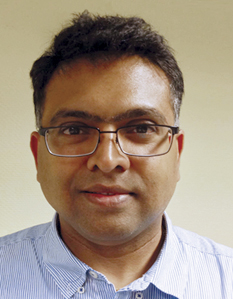
Shastri is a professor of biofunctional macromolecular chemistry and BIOSS professor of cell signaling environments at the University of Freiburg, Germany, where he also serves as the director of the Institute for Macromolecular Chemistry. Shastri’s laboratory has made key contributions in regenerative medicine, functionalized polymers for drug delivery, nanomedicine targeting to cells, and nanoscale engineering of biomaterials; and has pioneered many healthcare-related technologies. Recently, his laboratory reported two seminal discoveries revealing the role of extracellular matrix stiffness in the apical-basal polarization of endothelial cells and Piezo-1, a stretch activated cation channel, in astrocyte-neuron interactions and neuronal pathologies. Shastri has authored over 130 publications and holds over 50 issued and pending patents. He has served as a guest editor for many notable journals. His research interests include engineered synthetic cellular environments, the role of biophysical cues in controlling cell function and organization, in vivo engineering of tissues, nanoscale engineering of surfaces, biomineralization, breast cancer metastasis, functional imaging, and transdermal delivery.
James J. De Yoreo
Physical Sciences Division, Pacific Northwest National Laboratory; and Department of Materials Science and Engineering and Department of Chemistry, University of Washington, USA; email james.deyoreo@pnnl.gov.
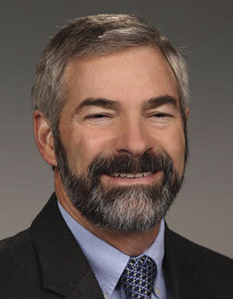
De Yoreo is Chief Scientist for Materials Synthesis and Simulation Across Scales at Pacific Northwest National Laboratory and an affiliate professor of materials science and engineering at the University of Washington. He received his PhD degree in physics from Cornell University in 1985. His research focuses on understanding self-assembly and crystallization in biomolecular and biomineral systems via in situ imaging and spectroscopy. He is a Fellow of the American Physical Society and MRS, as well as a recipient of the Laudise Prize of the International Organization for Crystal Growth and the Crystal Growth Award of the American Association for Crystal Growth. He served as MRS President in 2011.
Lara Estroff
Department of Materials Science and Engineering, Cornell University, USA; email lae37@cornell.edu.

Estroff is an associate professor of materials science and engineering at Cornell University. She earned her BA degree from Swarthmore College and her PhD degree from Yale University, and was a postdoctoral researcher at Harvard University, studying chemistry throughout her education. Estroff also spent time at the Weizmann Institute of Science in Israel, where she was introduced to biomineralization. Her research focuses on bioinspired materials synthesis, in particular, crystal growth in gels and its relationship to biomineralization.
Damien Faivre
Department of Biomaterials, Max Planck Institute of Colloids and Interfaces, Germany; email damien.faivre@mpikg.mpg.de.
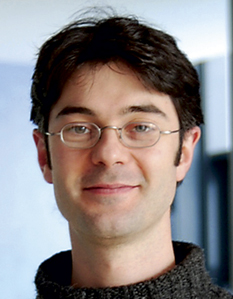
Faivre has been a group leader at the Max Planck Institute of Colloids and Interfaces since 2007, fusing his interests in bio and biomimetic formation and assembly of magnetic iron oxides. He studied physical chemistry at Claude Bernard University, France, and Concordia University, Canada. He pursued his doctoral thesis in geochemistry at the Institute for Earth Physics, France, and the California Institute of Technology, USA. In 2005, he joined the group of D. Schüler at the Max Planck Institute for Marine Microbiology, Germany, to study magnetotactic bacteria. Faivre was awarded a Starting Grant from the European Research Council in 2011.
Coit T. Hendley IV
Department of Materials Science and Engineering, Cornell University, USA; email cth34@cornell.edu.
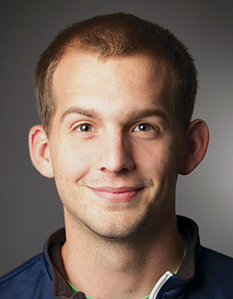
Hendley earned his BS degree in materials science and engineering from the University of Maryland, College Park, in 2012 with the help of a Department of Defense Science, Mathematics, and Research for Transformation Scholarship. After permission to defer employment with the US Navy, Hendley joined Lara Estroff’s group at Cornell University. He earned his MS degree in materials science from Cornell University and is currently researching incorporation of large (∼50 nm) organic additives into growing calcite using in situ fluid cell AFM.
Yi-Yeoun Kim
School of Chemistry, University of Leeds, UK; tel. +44 113 343 7892; and email y.y.kim@leeds.ac.uk.
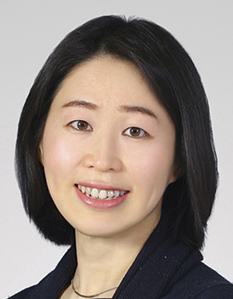
Kim is a research fellow in Fiona Meldrum’s group at the University of Leeds, UK. She received her BS and MS degrees from the Department of Polymer Science and Engineering at Pusan National University, South Korea, and her PhD degree from the Department of Materials Science and Engineering at the University of Florida, USA. Kim’s research interests focus on understanding crystallization processes occurring in biological and synthetic systems.
Jennie A.M.R. Kunitake
Department of Materials Science and Engineering, Cornell University, USA; email jar566@cornell.edu.
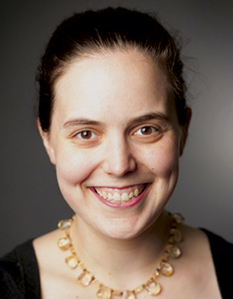
Kunitake completed her undergraduate studies in chemistry and film at The Evergreen State College, USA. Kunitake is currently pursuing her PhD degree in materials science and engineering at Cornell University with a focus on characterization of pathological biomineralized tissue using complementary spectroscopic and electron microscopy imaging techniques.
Steffen Lüdeke
Institute of Pharmaceutical Sciences, University of Freiburg, Germany; tel.: +49 (0)761 203-67398; and email steffen.luedeke@pharmazie.uni-freiburg.de.
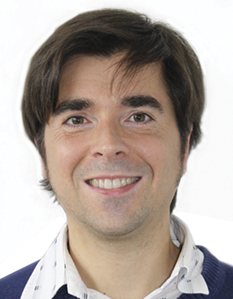
Lüdeke is a researcher in the Pharmacy Department at the University of Freiburg, Germany. He received his PhD degree in biophysics/biospectroscopy at the University of Freiburg in 2006. After a two-year postdoctoral period in pharmaceutical and medicinal chemistry, Lüdeke completed a research stay in 2009 at the University of Syracuse, USA, and BioTools, USA. Lüdeke started his research group at the University of Freiburg with a focus on circular dichroism and vibrational circular dichroism. He received the Eugen Graetz Prize in 2013 for his investigations of laser-based vibrational circular dichroism.
Melika Sarem
Institute for Macromolecular Chemistry and BIOSS Centre for Biological Signalling Studies, University of Freiburg, Germany; email melika.Sarem@makro.uni-freiburg.de.
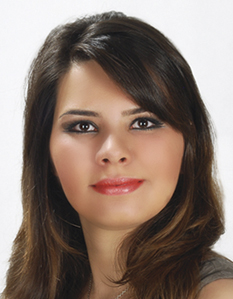
Sarem is a third-year doctoral student under the supervision of V. Prasad Shastri at the Institute for Macromolecular Chemistry at the University of Freiburg, Germany. She received her BSc and MSc degrees with honors in biomedical engineering from Amirkabir University of Technology (Tehran Polytechnic), Iran. Sarem’s current research focuses on the development of bone-like microenvironments and their influence on endochondral ossification and mesenchymal stem cell biology.
Anna Schenk
Institute of Polymer Chemistry, University of Stuttgart, Germany; tel. +49 711 68564377; and email anna.schenk@ipoc.uni-stuttgart.de.

Schenk joined the Institute of Polymer Chemistry at the University of Stuttgart, Germany, as a senior scientist in 2013. She studied chemistry and earned her master’s degree in Leipzig, Germany, and Uppsala, Sweden, in 2007. Schenk performed graduate research on polymer-mineral hybrid materials at the Max Planck Institute of Colloids and Interfaces, Germany, and received her PhD degree in physical chemistry in 2011. From 2011 to 2013, she worked as a postdoctoral research fellow at the University of Leeds, UK, studying the crystallization of calcium carbonate and other minerals under biomimetic conditions. Schenk’s current research in the group of Sabine Ludwigs focuses on the translation of bioinspired concepts into synthesis strategies for functional oxide ceramics.
Jinhui Tao
Physical Sciences Division, Pacific Northwest National Laboratory, USA; email jinhui.tao@pnnl.gov.

Tao is a research associate in James J. De Yoreo’s group at Pacific Northwest National Laboratory, USA, since 2013. He received his PhD degree in physical chemistry from Zhejiang University, China. Tao started in situ atomic force microscopy studies during his postdoctoral period at Molecular Foundry in the Lawrence Berkeley National Laboratory, USA, in 2009. His research focuses on mineral growth and nucleation in the presence of protein additives, protein self-assembly on substrates, and dynamic force spectroscopy study of protein–mineral interactions.


